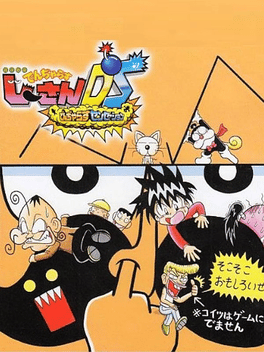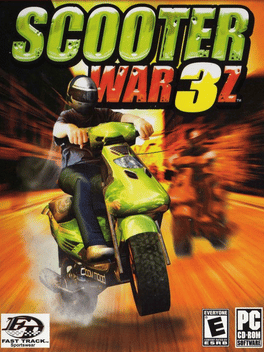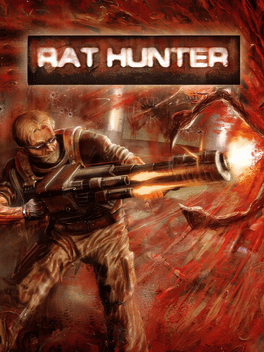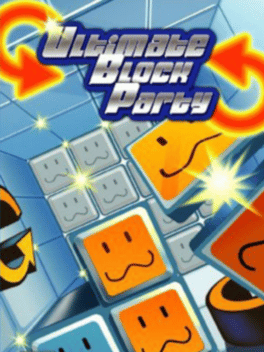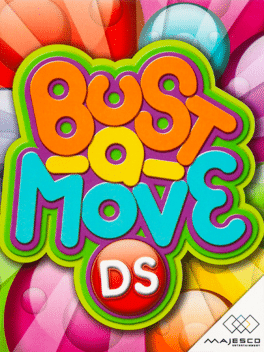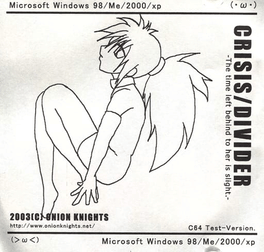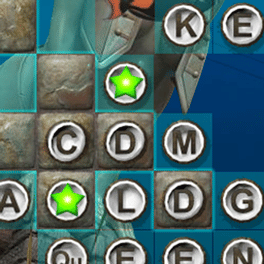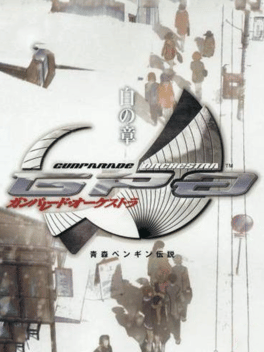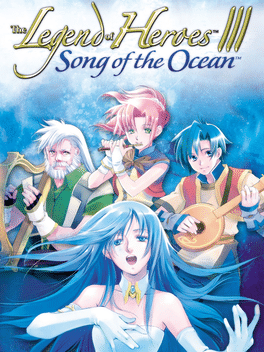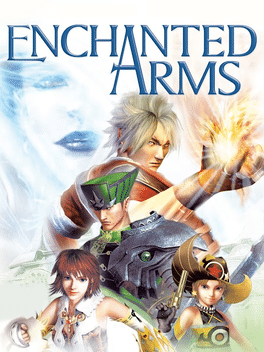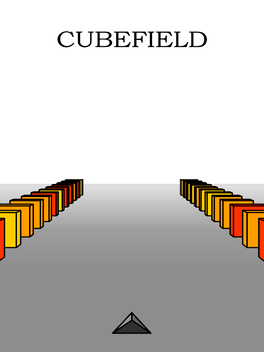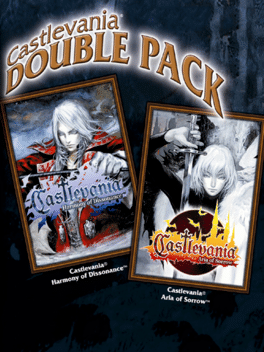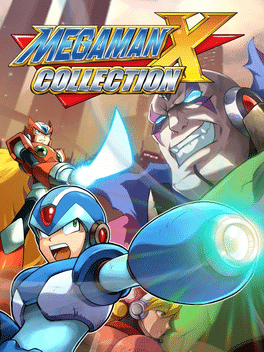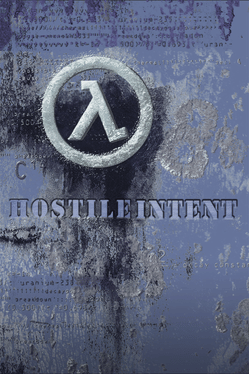New Games - Page 10305
-
Zettai Zetsumei Dangerous Jiisan DS: Dangerous Sensation
2006
A minigame collection based on the CoroCoro Comic serial, Zettai Zetsumei Dangerous Jiisan ("Grandpa Danger" in Viz Media's English version). -
Scooter War3z
2006
-
DJMax Portable
2006
DJMax Portable
2006
DJMax Portable is a music video game for the PlayStation Portable. It is a sequel to DJMax Online, a web-based music mixing game for Windows. -
Rat Hunter
2006
Rat Hunter
2006
Rat Hunter is a traditional first-person-shooter that firmly takes its inspiration from Doom, Quake and other older titles. It's all about fast-paced shooting action and the design is kept intentionally simple. You will gain no benefit from headshots, there's no cover system and no iron sights. -
Ultimate Block Party
2006
Ultimate Block Party
2006
star 6Ultimate Block Party is a puzzle game series where blocks must be cleared. Every so often new rows of blocks will push up the current ones. Not clearing enough within a set time limit will force the blocks to the top of the screen, where the player will lose. Blocks can be cleared if at least four blocks of the same color are touching. The speed of new rows will increase as the game is played longer. The blocks which get cleared will result in the blocks above falling down. The game offers several different modes including a multiplayer and arcade mode. -
Bust-a-Move DS
2006
Bust-a-Move DS
2006
star 6.3Bust-A-Move DS brings all of the bubble bursting, puzzle fun onto the Nintendo DS. This time Bub and Bob return to center stage as they fling bubbles from the bottom screen to the top in an attempt to match 3 bubbles causing them to pop. With a multiplayer mode allowing 5 people to play via the Nintendo DS' wireless link, this Bust-A-Move will prove to be the ultimate battle party game. -
Crisis/Divider
2006
-
Big Kahuna Words
2006
-
Bakumatsu Roman: Gekka no Kenshi 1+2
2006
This is a compilation of the two games in The Last Blade series released by SNK Playmore only in Japan. -
Gunparade Orchestra: Shiro no Shou
2006
Gunparade Orchestra White Chapter ~Aomori Penguin Legend~ (ガンパレード・オーケストラ 白の章 〜青森ペンギン伝説〜) is a Japanese game co-developed by io-spiral, Dice Corporation and Alfa System. It was the first of the Gunparade Orchestra game trilogy released for PlayStation 2 on n January 12, 2006. -
The Legend of Heroes III: Song of the Ocean
2006
star 5A remake of The Legend of Heroes V: Umi no Oriuta, later localized for North America in 2007 under the title, "The Legend of Heroes III: Song of the Ocean." The trilogies titles have been changed in North America to match a mistake in the title of previously released games. Because of this the trilogies order was mixed up. This takes place in Weltluna, the third realm in Gagharv, seven years after "A Tear of Vermillion" and forty-nine years before "Moonlight Witch". It centers around Forte, Una and McBain and their quest in seeking Leone's Resonance Stones. -
Enchanted Arms
2006
Enchanted Arms
2006
star 7.1An action adventure role-playing game that has a linear storyline with a somewhat open world to travel through and explore. Along with 4 main playable characters mix your team up with over 100 collectable creatures scattered throughout the game. Uses a turn based battle system with each side on its own 3 by 4 square grid area across from each other. Characters can move a set number of squares on the grid each turn and skills have different area of effect patterns. -
Sega Rally 2006
2006
-
Cubefield
2006
Cubefield
2006
Cubefield is a simple but addictive game, there are only two controls – left and right. Use the arrow keys on your keyboard to guide your ship through an endless field of ominous looking coloured cubes – if you hit one, it’s game over. -
Simple 2000 Series Vol. 94: The Akachampion
2006
The Aka-Champion is a Japanese infant sports game. Go ahead and wrap your head around that one for a minute. -
Castlevania Double Pack
2006
star 9Compiles both Harmony of Dissonance and Aria of Sorrow on one Game Boy Advance cartridge. -
Nicktoons Unite!
2006
Nicktoons Unite!
2006
For the first time ever, a true collaboration of popular Nickelodeon heroes and villains come together and cross over into multiple Nickelodeon cartoon environments, interacting with each other and working together to solve puzzles in this ultimate Nick gaming adventure. Playable characters from the most popular Nickelodeon shows include SpongeBob SquarePants, The Fairly OddParents, team Rocket Power, Jimmy Neutron and Tak. Nicktoons also marks the videogame debut of new Nickelodeon properties Danny Phantom and Rugrats All Grown Up. -
Mega Man X Collection
2006
star 8.5Mega Man X Collection contains the first six games in the Mega Man X series. Mega Man X and Mega Man X2 are based on their appearances on the SNES. Mega Man X3, also originally on the SNES, is based on its 32-bit update for the PlayStation, Sega Saturn, and PC. The remaining three games are based on their PlayStation renditions. All the games now use save files, including the first few titles that originally necessitated a password for continuation, though upon loading save data, the player is still greeted with the old, fully-functional password entry screen, complete with the correct password to access the saved game. Mega Man Battle & Chase is a game that is unlocked after completing the first three games. It is a classic series kart-racing game previously unreleased in North America. Mega Man X Collection also contains unlockable artwork and music. -
Hostile Intent
2006
Hostile Intent
2006
Hostile Intent focuses teamwork, communication, and realism over a run and gun playstyle. Hostile Intent for all intents and purposes is the thinking man's First Person Shooter. In Hostile Intent the player has to use cover wisely, conserve his ammo, work well with his teammates, use communication effectively, keep the mission at the forefront of his mind and especially keep his cool under fire.

